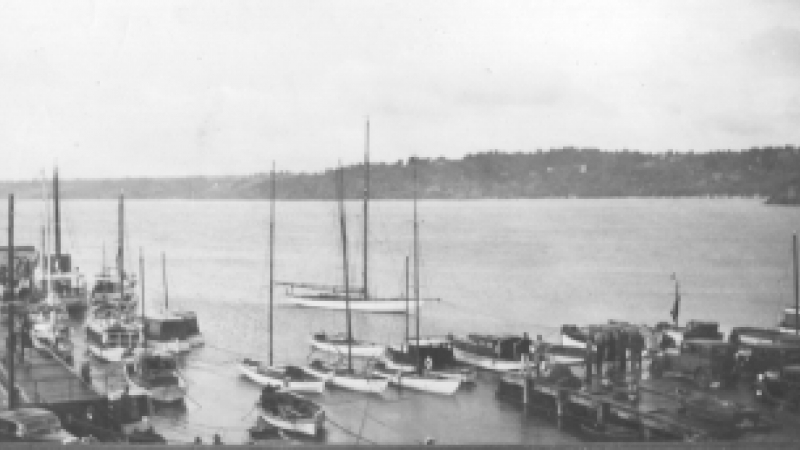
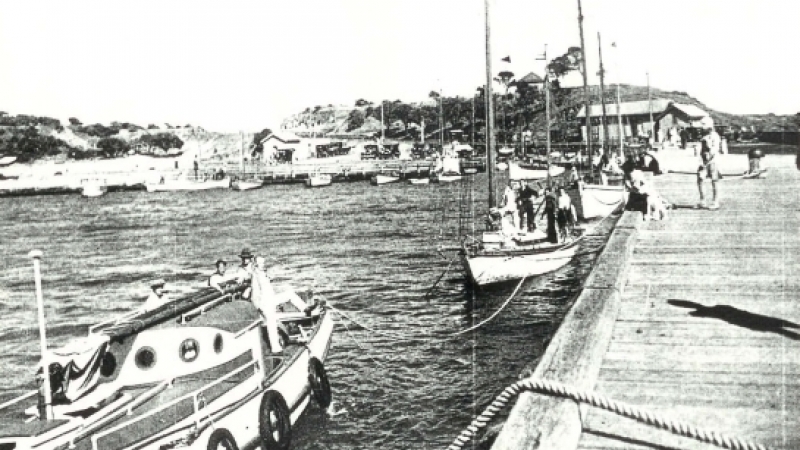
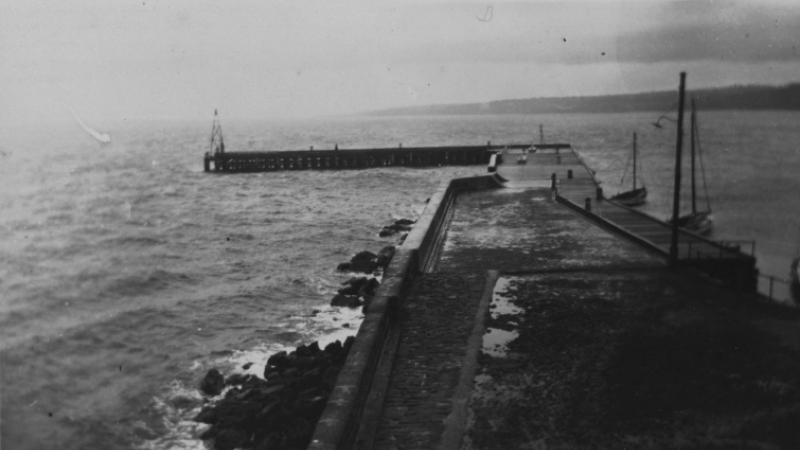
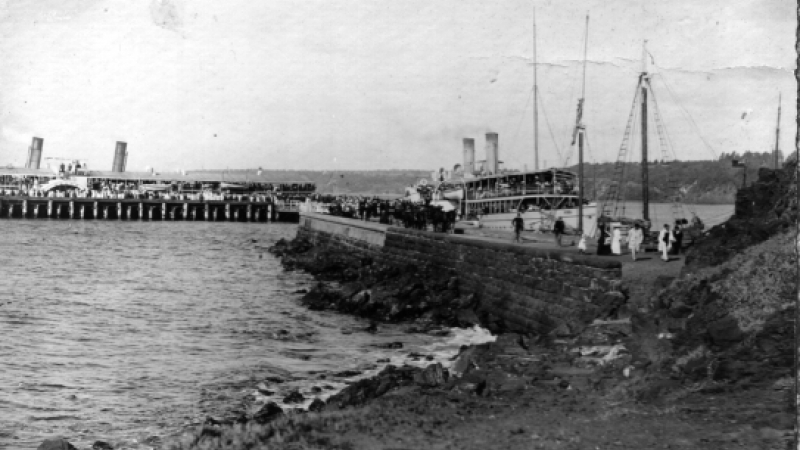
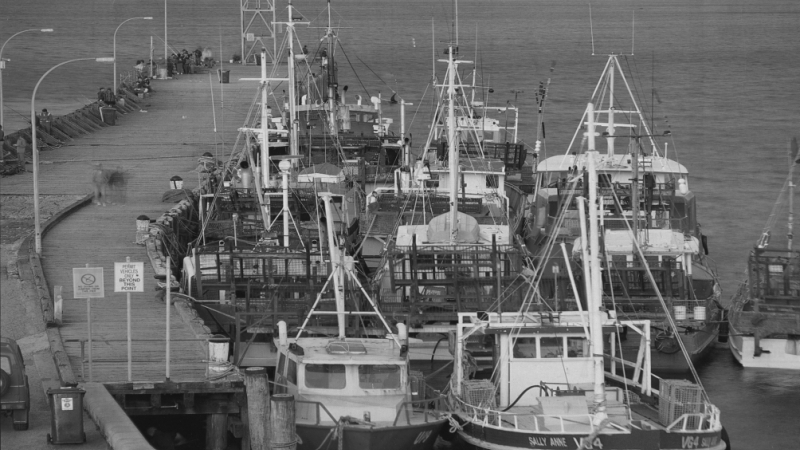
In part 1 we took a look at the Mornington Piers origins and use during the first 50 years. In this part we take a look usage of the pier in the last century.
During the third decade of the 20th Century the use of the Mornington Pier began to change. The great paddle steamers began to gradually disappear. The Ozone was sunk in 1925 off NSW and the Weeroona & Hygeia were dismantled by 1932.
WWII was a significant time for the Mornington Pier as it became an outstation attached to the Australian Water Transport Unit. Balcombe Army Camp at Mt Martha was the main base but ironically most of the men spent their time at the outstation of tents on Mother’s Beach or where the Mornington Park is currently located. Many solders would have stepped onto the Mornington Pier prior to being loaded onto another vessel that carried them to the bigger ship that were anchored in Bass Strait. It wouldn’t be a surprise if Plover was part of the fleet that visited the pier during this time. She is an Australian Work Boat built in 1942 for the Royal Australian Army, purpose built to push, pull and carry but her specific role in the core is unknown. Vessels such as Plover played an integral role in the war effort. If only her wooden planks would release their whispered secrets.
Shortly after the war, the northern L-shaped arm on the pier was dismantled.
The Mornington Pier since it was first built has always been a fishing hub for recreational and commercial fishermen. After WWII this became more apparent. It was heavily used for the mooring of commercial vessels (especially those harvesting Port Phillip Bay Scallops). This industry did little to preserve the integrity of Port Phillip Bay. They spent decades scouring the sea bed destroying any living thing in their path. The former Premier, Jeff Kennett bought back the Scallop Licences and the vessels either retired or moved on to other locations. Hellas is the only former commercial vessel from that era still moored to the Mornington Pier. It took over seven years before the Port Phillip Bay was restored. When the dolphins returned it was the promising sign that all was on the mend? The Bay is now one of the most bio diverse pieces of temperate water bodies on the planet.
Recreational fishermen have stood on the Mornington Pier since it was first built back in 1858. At various times of the year you can see individuals, families and friends spending time fishing from the pier. Snapper, Pinkies, Leatherjackets, King George Whiting, Puffer Fish and Squid are some of the species caught. The pier is also very popular for people to access it for a daily stroll and every year, thousands of people gather around the foreshore each Australia Day to watch a fireworks display. The pyrotechnics are set up on the northern end of the pier. Access is fantastic for both locals and visitors to this iconic structure on the Mornington Peninsula.
(Source: Mornington Historical Society)
